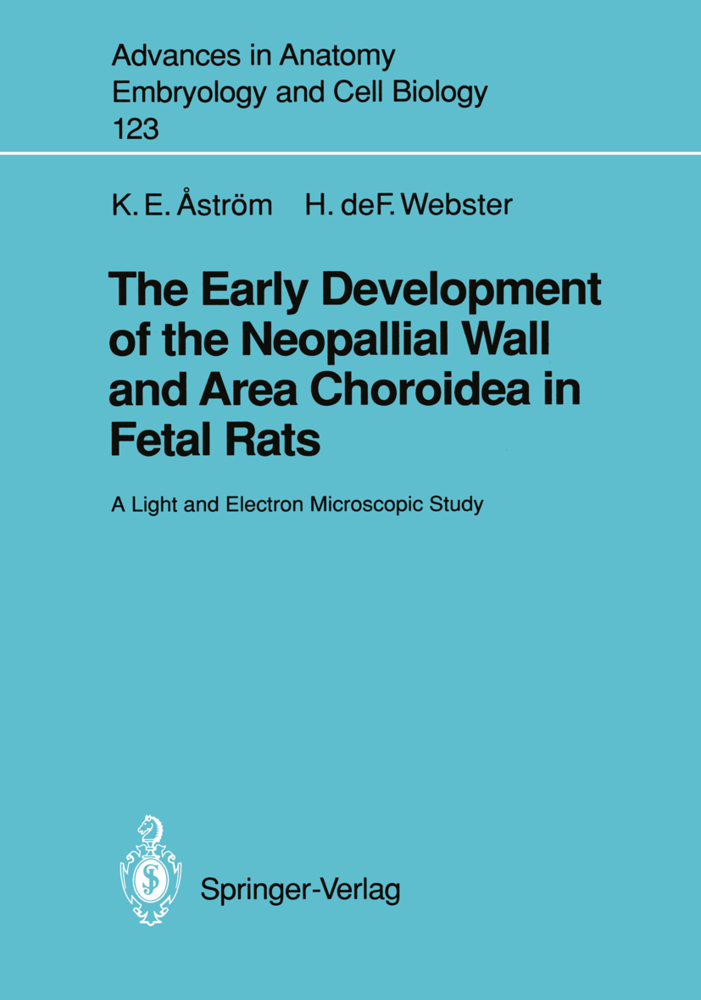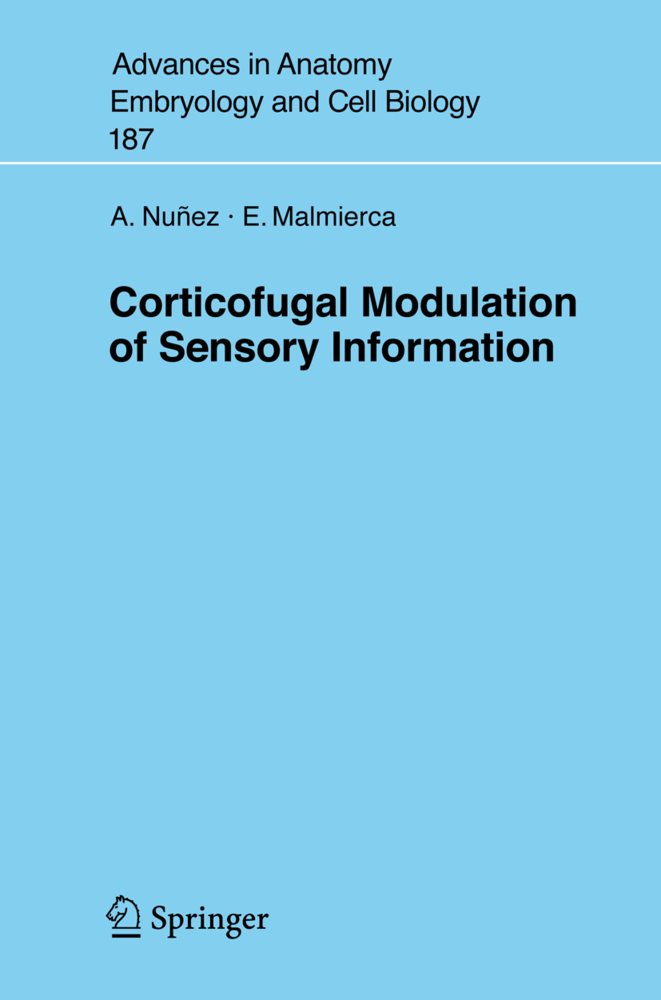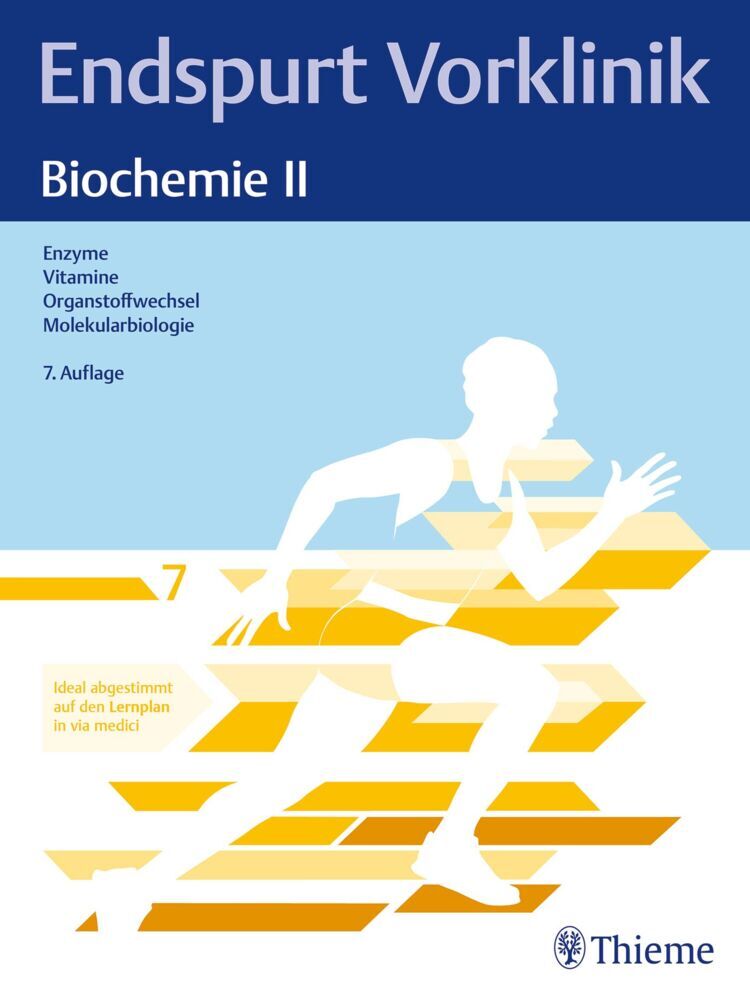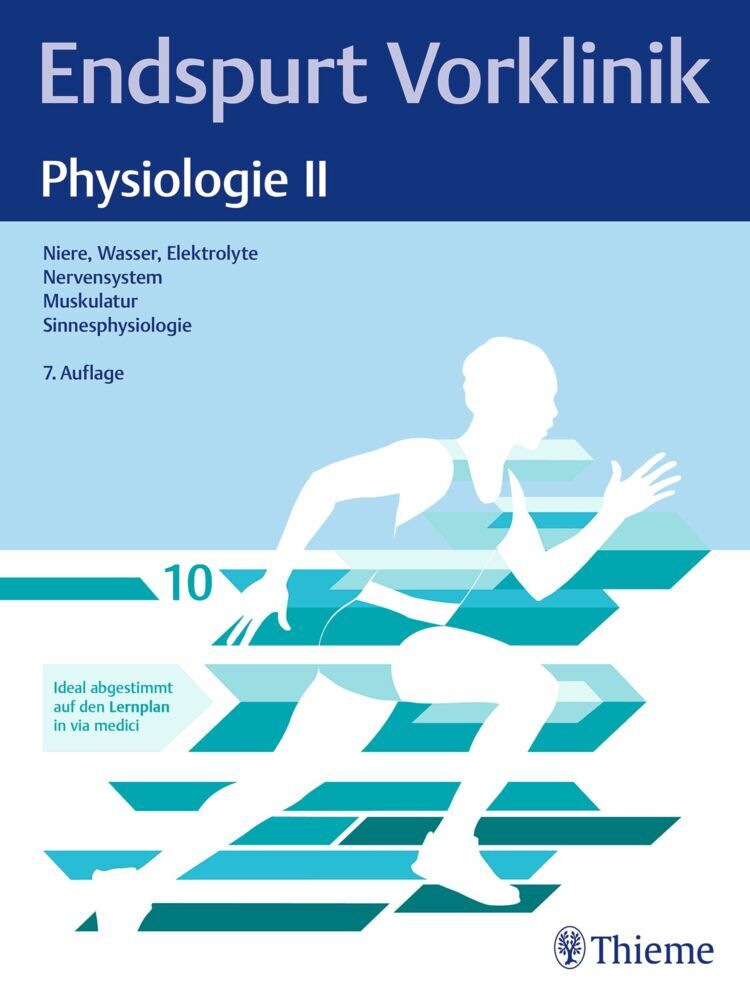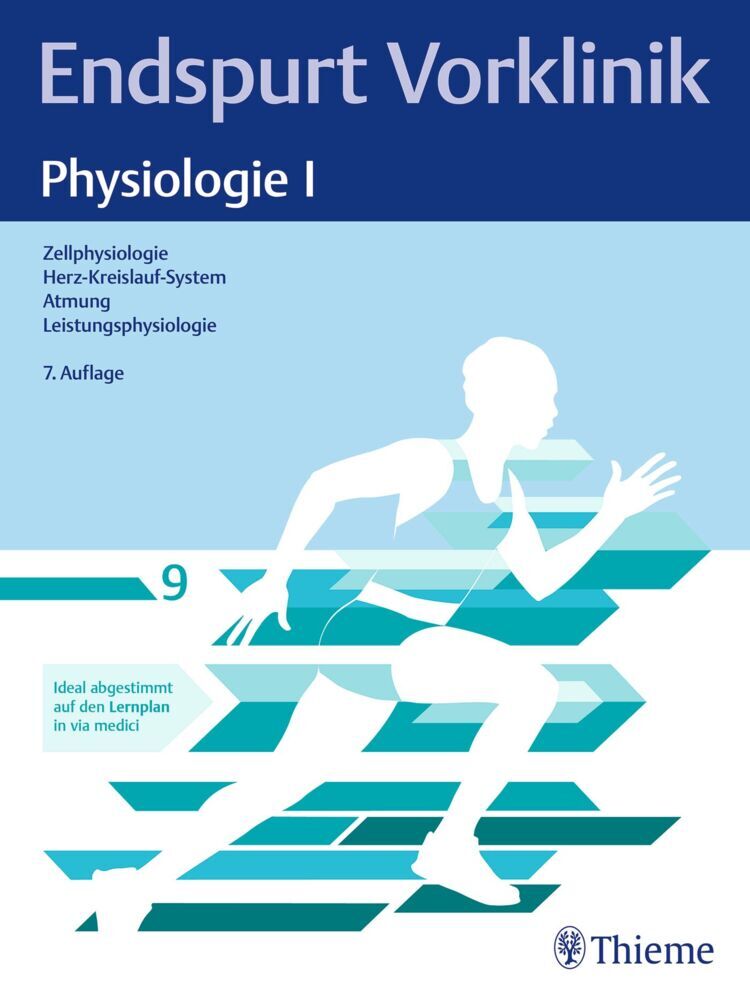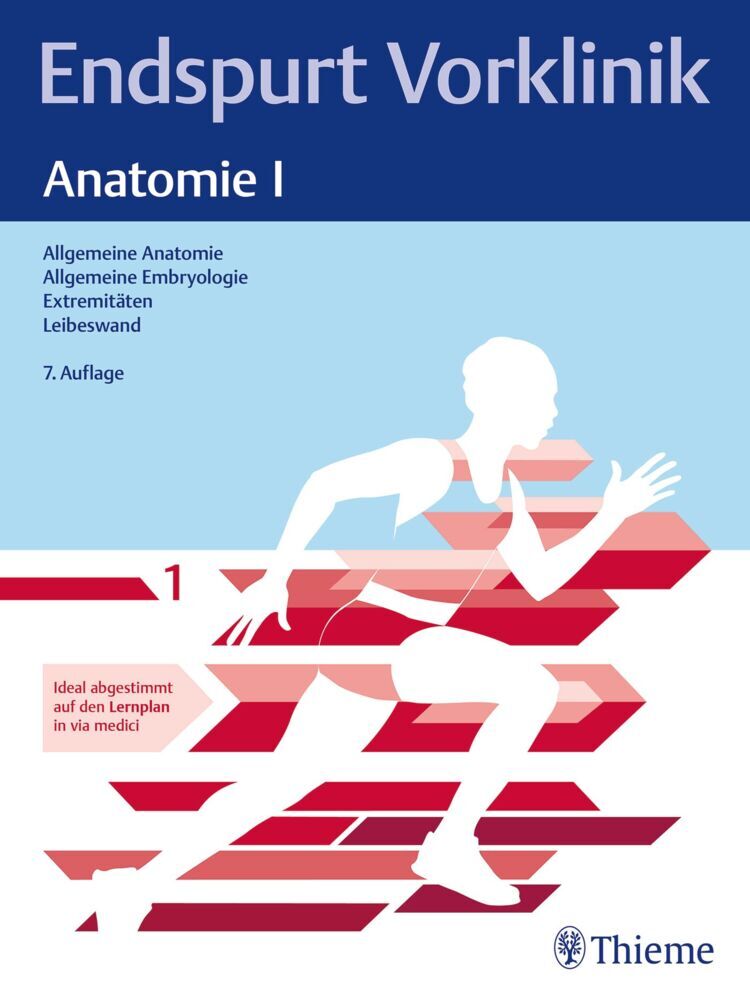The Early Development of the Neopallial Wall and Area Choroidea in Fetal Rats
A Light and Electron Microscopic Study
The Early Development of the Neopallial Wall and Area Choroidea in Fetal Rats
A Light and Electron Microscopic Study
Original study and a review of the pertinent literature are presented in this monograph on the early development of the neopallial wall and the choroidal area in vertebrates before the appearance of nerve cells. In the pre-neural period the telencephalic wall is a cohesive, non-stratified epithelial sheet of elongated, radially oriented, polarized cells. Although these cells, including the radial glial cells, differ from each other in various regions and change in shape, internal structure and phenotypic expression during development, they have a basic unity. The book draws attention to this unity and discusses the cells' morphogenesis and functions, and the mechanisms which help to shape the early cerebral hemispheres. The pre-neural period is of fundamental importance for the development of the cerebrum. The knowledge presented here of how cells differentiate during the early stages will help neuroscientists by providing a basis for comparisons with cultured cells and explants, and with cells seen in lineage studies and with microscopic observations of living animals in which dynamic events in the CNS can be seen directly. This work will improve our understanding of many developmental abnormalities of the nervous system.
3 Material and Methods
4 Neopallial Wall
4.1 Perikarya and Nuclei
4.2 Inner and Outer Processes
4.3 Ventricular (Apical) Ends
4.4 Pial (Basal) Ends
4.5 Relations Between Columnar Cells
4.6 Mitotic Cells
4.7 Nerve Cells
4.8 Surrounding Tissues
5 Area Choroidea
5.1 Perikarya and Nuclei
5.2 Inner and Outer Processes
5.3 Apical Portions (Bulbous Protrusions)
5.4 Basal Portions
5.5 Relations Between Roof Cells
5.6 Cell Death
5.7 Comparison Between Columnar Cells in the Area Choroidea and the Telencephalic Wall
6 Discussion: Neopallial Wall
6.1 Nature of Columnar Cells
6.2 Columnar Cell Mitosis and Radial Growth
6.3 Cytogenesis of Columnar Cells
6.4 Organogenesis of the Telencephalic Wall
6.5 Functions of Columnar Cells
7 Discussion: Area Choroidea
7.1 Epithelial Polarity
7.2 Metabolic Functions
7.3 Transport of Fluid
7.4 Area Choroidea as a Gland
7.5 Absorptive Functions
8 Summary
References.
1 Introduction
2 Nomenclature3 Material and Methods
4 Neopallial Wall
4.1 Perikarya and Nuclei
4.2 Inner and Outer Processes
4.3 Ventricular (Apical) Ends
4.4 Pial (Basal) Ends
4.5 Relations Between Columnar Cells
4.6 Mitotic Cells
4.7 Nerve Cells
4.8 Surrounding Tissues
5 Area Choroidea
5.1 Perikarya and Nuclei
5.2 Inner and Outer Processes
5.3 Apical Portions (Bulbous Protrusions)
5.4 Basal Portions
5.5 Relations Between Roof Cells
5.6 Cell Death
5.7 Comparison Between Columnar Cells in the Area Choroidea and the Telencephalic Wall
6 Discussion: Neopallial Wall
6.1 Nature of Columnar Cells
6.2 Columnar Cell Mitosis and Radial Growth
6.3 Cytogenesis of Columnar Cells
6.4 Organogenesis of the Telencephalic Wall
6.5 Functions of Columnar Cells
7 Discussion: Area Choroidea
7.1 Epithelial Polarity
7.2 Metabolic Functions
7.3 Transport of Fluid
7.4 Area Choroidea as a Gland
7.5 Absorptive Functions
8 Summary
References.
Aström, Karl E.
Webster, Henry deF.
| ISBN | 978-3-540-53910-0 |
|---|---|
| Artikelnummer | 9783540539100 |
| Medientyp | Buch |
| Copyrightjahr | 1991 |
| Verlag | Springer, Berlin |
| Umfang | VI, 76 Seiten |
| Abbildungen | VI, 76 p. 27 illus. |
| Sprache | Englisch |

